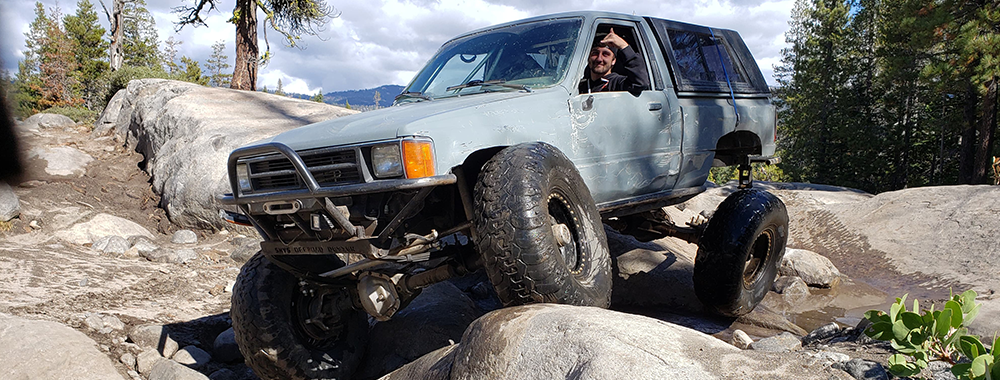A big feather in the plasma cutter’s cap is how much less you have to spend in recurring costs compared to Oxy Acetylene. While this is definitely true, it’s repeated so often that some welders might believe plasma cutters don’t have consumable products at all. It’s time to nail down what recurring costs you should expect with a plasma cutter.

Air/Gas
While oxy acetylene uses gases that must be re-filled via special facilities, most common plasma machines use air. This means that with a quality compressor, you’ve all the air you’ll ever need.
That being said, plasma cutters need clean air to function. Dirt, contaminants and other particles will cause issues, meaning you’ll need to filter your air. Some industrial applications will go as far as using an air compressor, a refrigerated dryer and a bank of filters. Many plasma cutters have a build in filter that can do the trick. The main idea is that you want the air you’re using to be as clean as possible. Filters can go as high as $140 or more, which is pretty steep. We sell the same quality of filters for as low as $89, like this reliable Motor Guard Plasma Air Filter. How often you need to change your filter completely depends on how frequently you use your plasma cutter and the environment you work in.
While air will work with any plasma application, some machines (like the Hypertherm Powermax45) do allow you to use other types of gases. The benefit here is that some gases work even better than air on specific materials. However, air is generally the preferred choice based on its ease for most welders.
Consumables
For most plasma cutters, you’ve generally got 5 consumables: Electrode, nozzle, shield cap, swirl ring and retainer cap. Most of these parts don’t need to be changed on a regular basis with the exception of the electrode and nozzle.
The nozzle often takes the brunt of damage caused by both the user and the machine itself. For instance, holding your plasma torch too close to your material can damage the nozzle. Cheaper plasma machines also have a much higher chance of ramp-down errors. A “ramp-down error” is caused when the current and gas don’t ramp down in a controlled fashion. Therefore, if you’re using a low quality plasma machine, you’ll need to change out your consumables more often.

The quality of consumables that you use also makes a difference. For instance, Hypertherm consumables can often last 2-3 times longer than other brands. Higher quality consumables not only physically last longer, but provide a better cut.
A common problem with plasma consumables is that welders often change them out based on discoloration. You might be throwing away perfectly good consumables. Looking at your cut quality is a better indicator. Excessive dross accumulation and high degrees of bevel angle are signs your consumables are nearing the end of their lives. For the nozzle, an irregular or large hole is also a good way to gauge if it’s time for a change.
For your electrode, you should look at the crater located on the top of the tip. The larger the crater, the more likely you’ll need to change the electrode. With your shield cap, the main issue is caused by the holes being plugged. Hold your shield cap up to the light and make sure you can see through all the small holes. If you can’t, it’s time for a change.
You’ll only need to change the swirl ring if you see clogs or cracks. The retaining cap can take the most abuse and should only be replaced if corrosion, cracking or clogging is visible.
Final Word
Ultimately, plasma has a lot less recurring costs then other welding and cutting methods, if you’re using quality consumables. On the flip side, cheap consumables might not save you cash in the long run if you’re constantly having to change them out. Plus you’ve got to take into account how cheap consumables affect your cut quality. That’s why we only stock trusted brands with the best consumables. Check out our complete collection with the button below.





